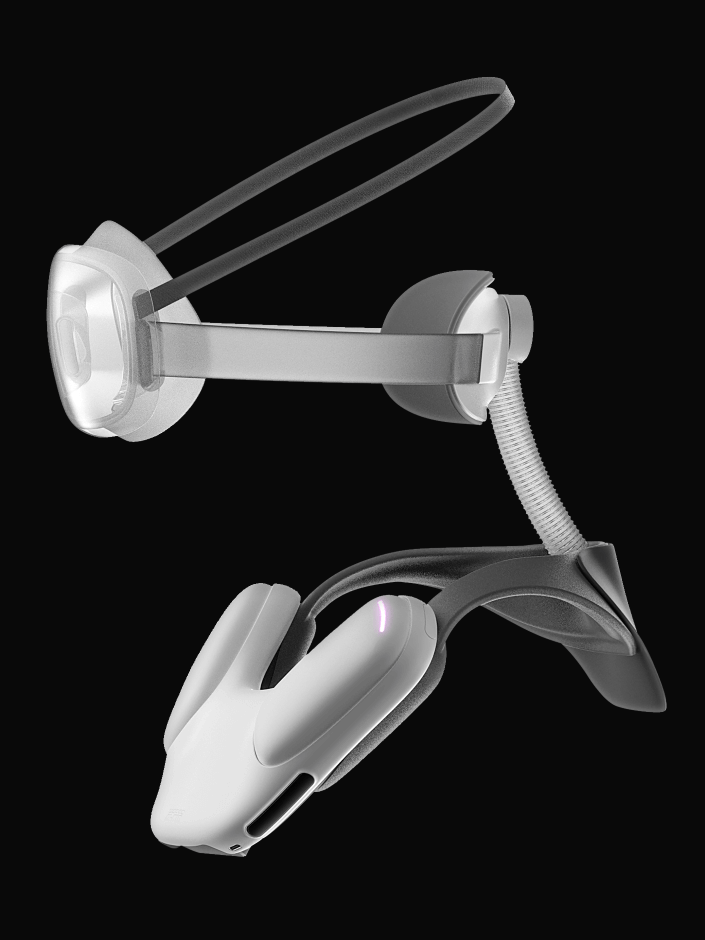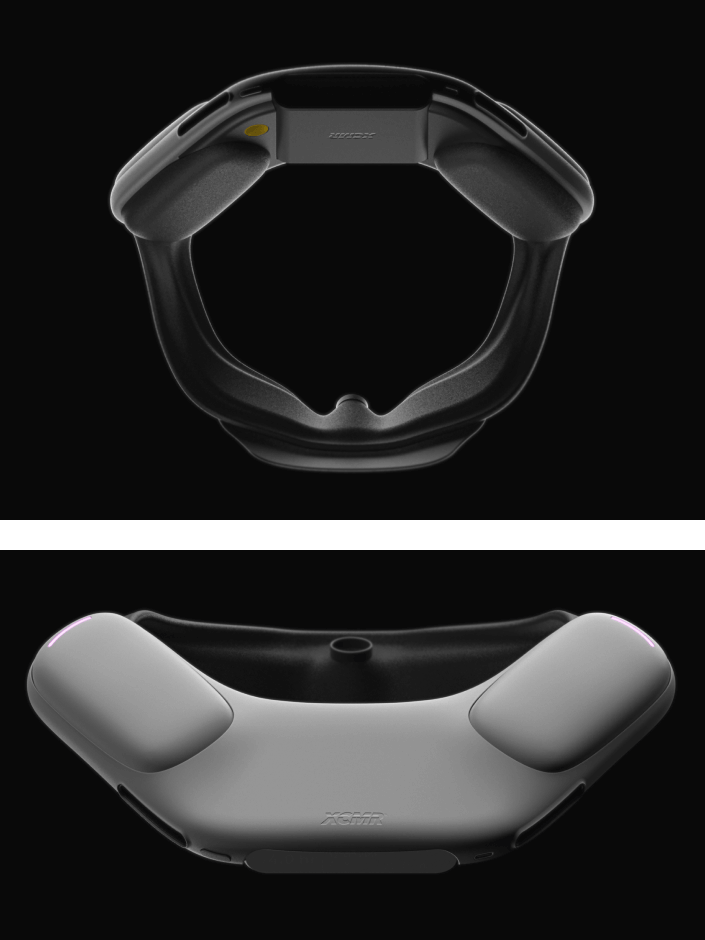XCMR recently participated in the 2023 EPA International Decontamination Research and Development Conference, where Chris Bowers presented on the topic of “Next Generation Personal Protective Equipment for Real-time Inactivation of Airborne Biological Threats.”
The recent COVID-19 pandemic highlighted the critical need for innovative solutions to combat the spread of airborne diseases. XCMR’s presentation focused on the development of a novel UVC-based PPE that goes beyond traditional mechanical filtration to provide superior protection against biological threats.

Unlike traditional methods, XCMR’s PPE integrates germicidal UV-C (200-280 nm) into an enclosed reactor, providing a safe, battery-powered, wearable device that inactivates pathogens during both inhalation and exhalation. Rigorous laboratory testing and computer simulations have validated the effectiveness of this approach.

XCMR’s participation in this important EPA conference underscores our commitment to developing innovative solutions that address critical public health challenges. Our next-generation UV-C-based PPE represents a significant advancement in personal protection, offering enhanced safety, comfort, and sustainability. We remain dedicated to pushing the boundaries of technology to create a safer and healthier future for all.